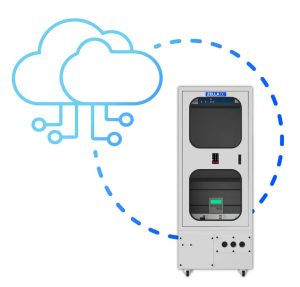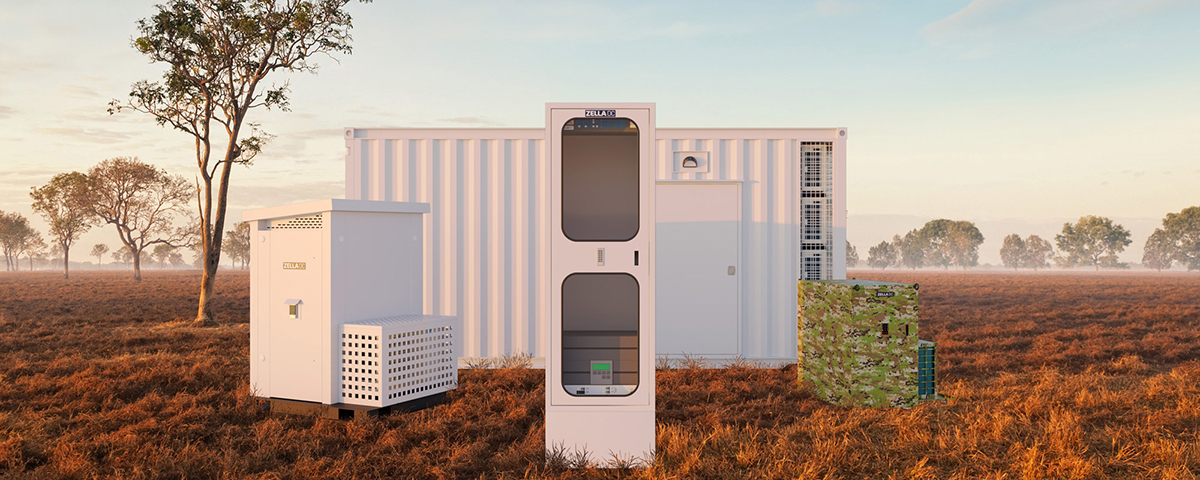Technology advancements are no longer something that any company can afford to ignore. Digital transformation is driven by the tech that powers it, meaning that a failure to understand, plan and implement for the future represents a very real risk of being overtaken by competitors and, ultimately, failure.
Once upon a time such forward planning was solely the landscape for large, global corporations. Today, as tech becomes ever more integrated into virtually every aspect of life, even the smallest of start-ups will be prudent to recognise the way forward and plan for tomorrow.
Enter a subject that is still alien to many: that of a hybrid cloud architecture. Understanding what this is and how the power of micro data centres (MDCs) can be manipulated to a company’s advantage is a vital stage of future planning.
Understanding the Hybrid Cloud – MDC Collaboration
The architecture that makes up the so-called hybrid cloud is complex. A simplified explanation is that it’s where various technologies coexist to collect and transport data. Examples of elements that make up the hybrid cloud include:
- Public cloud platforms
- Private cloud platforms
- Hardware
- Software applications
- Databases
- Local data storage, such as server rooms
- Independent, small, energy efficient storage of MDCs
When companies utilise areas such as AI and machine learning, including those associated with the Internet of Things (IoT), the increased bandwidth and associated latency experienced with cloud platforms can become problematic.
This is where the advantage of MDCs become apparent. Adding these local, standalone data storage units into the mix brings many benefits. This hybrid solution circumnavigates many of the historical issues in a number of ways.
 Cuts Costs: MDCs are unique in that they provide any amount of data storage without the need to construct large, energy-heavy server rooms. These self-contained units can be fitted and be operational within weeks and can be cooled and operated at energy levels up to 60% less than that of traditional server rooms. A combination of these, along with public and/or private cloud platforms in a hybrid model, represents significant savings to that of a more traditional model.
Cuts Costs: MDCs are unique in that they provide any amount of data storage without the need to construct large, energy-heavy server rooms. These self-contained units can be fitted and be operational within weeks and can be cooled and operated at energy levels up to 60% less than that of traditional server rooms. A combination of these, along with public and/or private cloud platforms in a hybrid model, represents significant savings to that of a more traditional model.
Increased Control: Administrators and developers have far superior control over real time access, network analytics and user metrics. This allows for easier implementation of necessary changes without infrastructure or application changes.
Tighter Security: Private data storage allows companies greater control over sensitive information. In light of many ongoing data breaches, any advantage that a company can engineer in this area is highly advantageous.
Environmentally Sound: Reduced energy costs represent a solid commitment to a company’s environmental responsibilities. Consumers are evermore conscious that their purchasing choices and interactions with companies directly affects their own carbon footprint, making it essential that enterprises demonstrate their commitment to the issue.
Embracing a hybrid cloud architecture brings multiple advantages, including that of optimising many business processes, virtualisation, and better automation. Back that up with the integration of affordable MDCs located close to the action, and an effective digital transformation process becomes accessible to businesses of all sizes.
At Zella DC, we’re committed to helping companies understand where micro data centres might sit in their hierarchy. With over a decade of honing the technology to be used in harsh and remote environments, it’s now the turn of companies in more regular locations to realise and embrace the many advantages they bring.
Get in touch to find out more.






